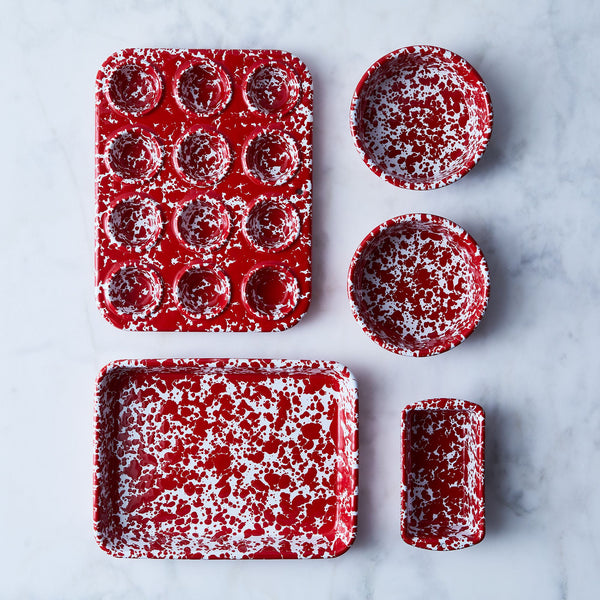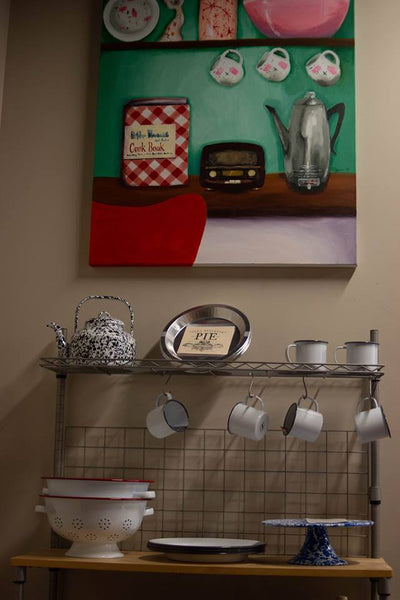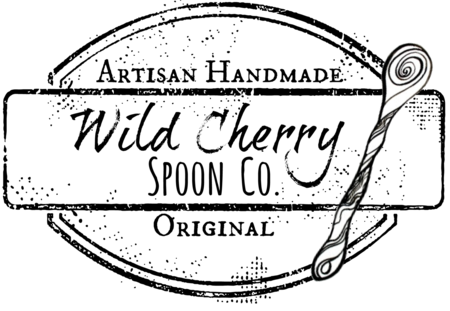Enamelware—a utilitarian kitchen material that fell out of favor around the mid-20th century thanks to the proliferation of plastic—has recently come back in style, gracing the shelves of chic shops such as Anthropologie. You might associate enamelware, consisting of metal base forms (cups, pots, etc.) that have been coated in porcelain enamel, with retro kitchens. Or perhaps it evokes memories of childhood camping trips—because it’s light, portable and easy to clean, it’s a favored product among outdoor enthusiasts. But incredibly, the process of enameling has been traced as far back as ancient Egypt and China! Enamel can be applied to any material that can withstand firing at high temperatures, including stone, clay, and glass. For much of its history, this process was used to create expensive decorative objects. It wasn’t until the mid-19th century that Europe and the United States saw enameled home goods on a large scale, due in large part to advancements in working with sheet metal that made mass production possible.

The process of creating enamelware begins with powdered glass, which is liquified at very high temperatures, rolled into thin ribbons, and then smashed into a particulate, called “frit.” After applying the frit to a metal base form, typically of steel, iron or aluminum, artisans fire the object at around 932 to 1,652 degrees Fahrenheit. At these high temperatures, the frit bonds to the base metal, creating ceramic-metal compound. The finish is built up with multiple thin applications of enamel; the thin layers can flex with the base metal as it expands and contracts, making the finished product resistant to heat and even open flames.

In addition to the qualities mentioned above, enamelware is great for the kitchen because it is durable and shatter proof (great for kids!), remains food safe even if it should get chipped, and has a naturally non-stick surface. Enamelware can also fit into a wide range of kitchen aesthetics: products decorated with splatters or drips will speak to fans of vintage farmhouse design, while the utility and minimalism of white enamel is great for lovers of modern style. It’s also relatively easy to care for, though it’s best to avoid scrubbing with abrasive materials, using it in the microwave, or letting it boil dry. With all of its great qualities, it’s no wonder that enamelware is back in style—and it might just make a great gift for that hard-to-shop-for person in your life!
Sources:
Crow Canyon Home
Falcon Enamelware
Fante's Kitchen
The Washington Post
Wild Cherry Spoon Co. is a proud carrier of Crow Canyon Home Enamel plates, collanders, mugs, cake stands, and tea kettles.
